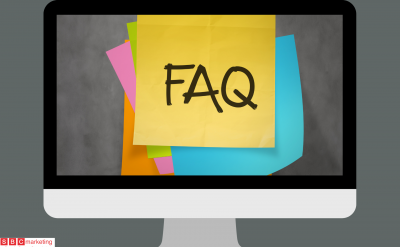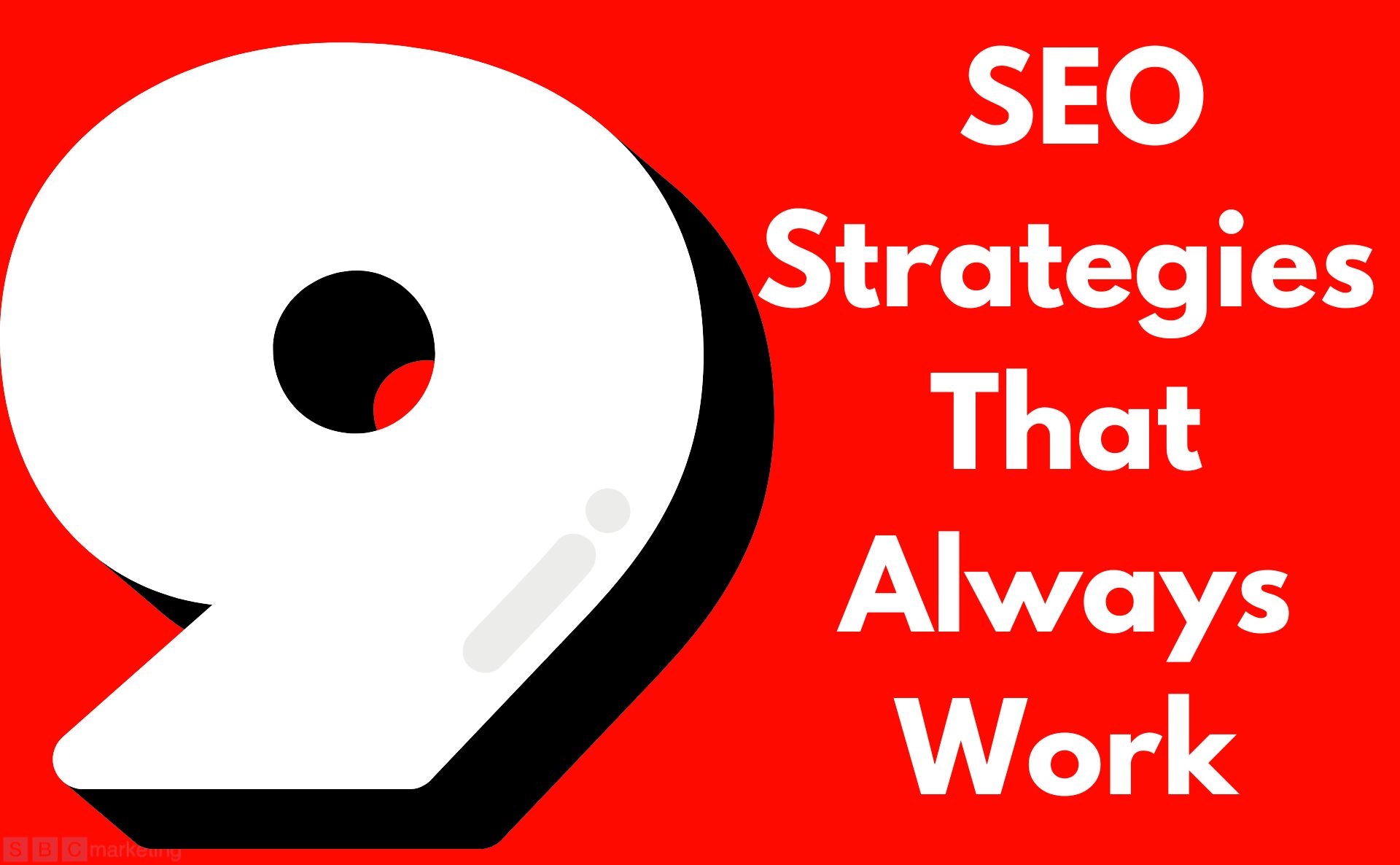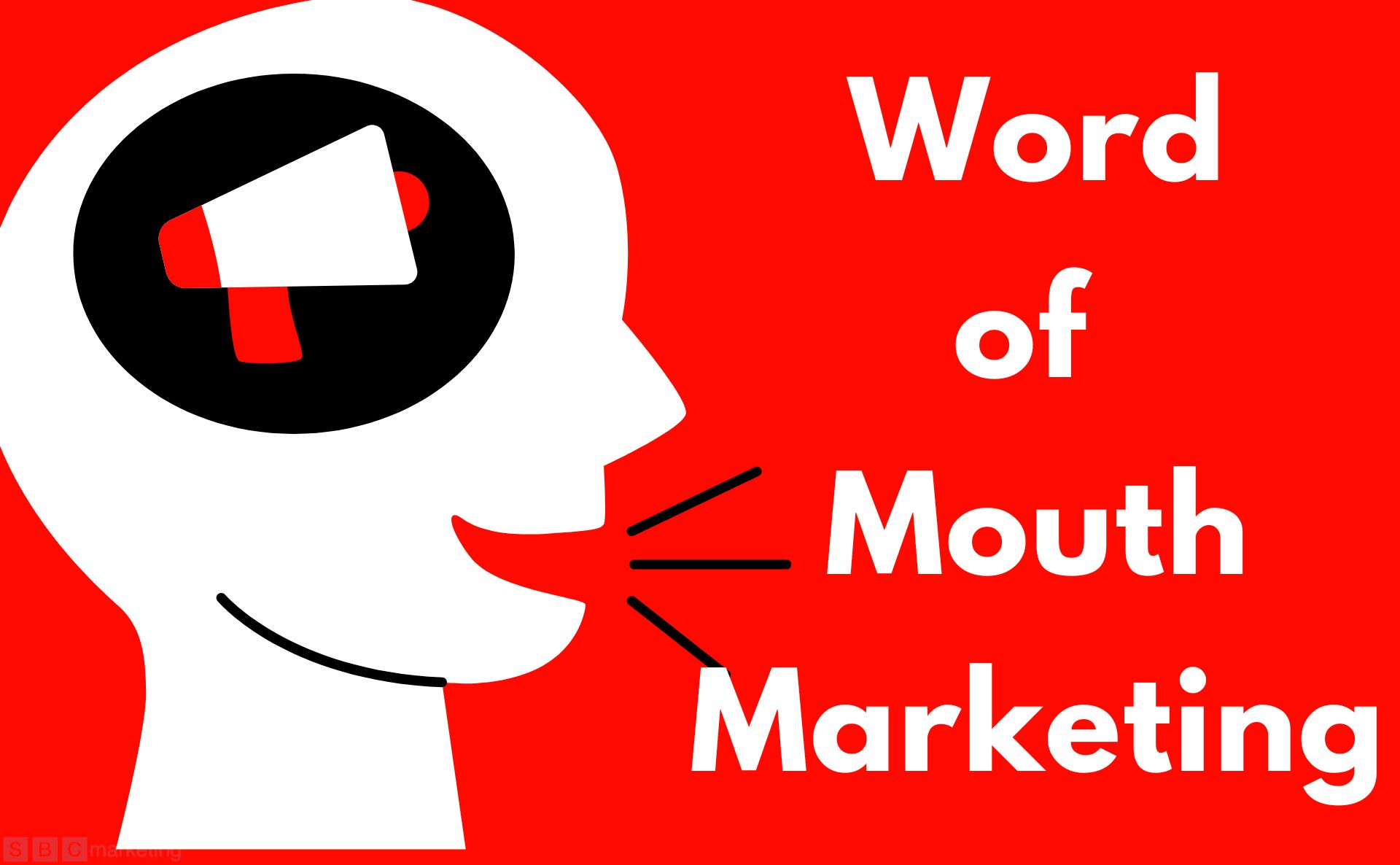In the vast landscape of the internet, your website is a digital storefront, and every visitor presents an opportunity. While attracting traffic is important, converting those visitors into paying customers is the ultimate goal for any online business. To help you achieve this, we’ll explore 12 practical strategies that can turn your website visitors into loyal customers.
1. Create a User-Friendly Website
The first step to conversion is providing a seamless user experience. Ensure your website is well-organized, loads quickly, and is mobile-responsive. An intuitive navigation structure makes it easy for visitors to find what they’re looking for.
2. Engaging Content
Content is king, and it plays a pivotal role in conversions. High-quality, informative, and engaging content not only keeps visitors on your site longer but also builds trust and authority. Regularly update your blog with relevant content to showcase your expertise.
3. Optimise for SEO
Optimising your website for search engines (SEO) ensures that it’s discoverable by potential customers. Incorporate relevant keywords, meta descriptions, and alt tags for images to improve your search engine ranking.
4. Clear Value Proposition
Upon landing on your website, visitors should immediately understand the value you offer. Your unique selling proposition (USP) should be front and center, convincing visitors to explore further.
5. Strong Call-to-Action (CTA)
A compelling CTA prompts visitors to take action. Whether it’s signing up for a newsletter, making a purchase, or requesting a quote, CTAs guide users toward conversion.
6. Capture Email Addresses
Building an email list is essential for nurturing potential customers. Offer incentives like free e-books, guides, or exclusive discounts in exchange for email sign-ups.
7. Implement Live Chat
Live chat support can address visitor queries in real-time, removing potential obstacles in their decision-making process. It’s a direct way to assist and engage with your audience.
8. Social Proof
Leverage social proof elements such as customer reviews, testimonials, and case studies. These authentic endorsements provide reassurance and build credibility.
9. A/B Testing
Continuous improvement is key to optimization. Conduct A/B tests on various elements, including headlines, CTAs, and layout, to identify what resonates most with your audience.
10. Streamlined Checkout Process
If you run an e-commerce website, make the checkout process as simple and efficient as possible. Reduce the number of steps required to complete a purchase, and offer multiple payment options.
11. Remarketing
Use remarketing campaigns to re-engage with visitors who have shown interest but haven’t converted. Targeted ads and personalized content can encourage them to return and make a purchase.
12. Analyse and Adapt
Regularly analyse your website’s performance using tools like Google Analytics. Identify bottlenecks in the conversion process and adapt your strategies accordingly.
The Conversion Funnel
Understanding the concept of a conversion funnel is crucial. It represents the journey a visitor takes from awareness to becoming a customer. At each stage, different tactics can be employed to increase the likelihood of conversion:
- Awareness: This is the broadest part of the funnel. Content marketing and SEO strategies attract visitors to your site.
- Interest: Engaging content, a clear value proposition, and enticing CTAs capture the visitor’s interest.
- Desire: Testimonials, social proof, and a strong USP nurture desire.
- Action: Effective CTAs and a streamlined checkout process encourage the final action – a purchase or conversion.
Conclusion
Converting website visitors into customers is both an art and a science. It requires a seamless user experience, compelling content, and a deep understanding of your audience. By implementing these 12 practical strategies and continuously analyzing your performance, you can transform casual visitors into loyal customers, ultimately driving the success of your online business
12 Frequently Asked Questions (FAQs) to complement the article on turning website visitors into customers:

Website Visitors FAQ SBC Marketing London
Q1: What’s the significance of a user-friendly website in converting visitors into customers? A1: A user-friendly website creates a positive first impression, making it easier for visitors to navigate, find information, and ultimately convert.
Q2: How can engaging content contribute to conversion?
A2: Engaging content keeps visitors on your site, builds trust, and showcases your expertise, increasing the chances of them becoming customers.
Q3: Why is SEO optimization crucial for converting visitors into customers?
A3: SEO optimization helps your website rank higher in search engines, making it more visible to potential customers.
Q4: What is a value proposition, and why is it important for conversion?
A4: A value proposition is a clear statement of the value you offer. It helps visitors understand why they should choose your products or services.
Q5: What makes a strong Call-to-Action (CTA)?
A5: A strong CTA is clear, action-oriented, and specific. It guides visitors toward taking a desired action, such as making a purchase.
Q6: How can I effectively capture email addresses for lead generation?
A6: Offer incentives like e-books or discounts in exchange for email sign-ups. Make the sign-up process simple and transparent.
Q7: What are the benefits of implementing live chat support on a website?
A7: Live chat offers real-time assistance, resolving visitor queries, building trust, and reducing obstacles to conversion.
Q8: What is the role of social proof in conversion?
A8: Social proof, such as customer reviews and testimonials, establishes credibility and trust, making visitors more likely to become customers.
Q9: How can A/B testing improve website conversion rates?
A9: A/B testing allows you to experiment with different elements and identify what resonates best with your audience, ultimately increasing conversions.
Q10: Why is a streamlined checkout process important for e-commerce websites?
A10: A complicated checkout process can deter customers. Streamlining it and offering multiple payment options can increase the likelihood of conversion.
Q11: What is remarketing, and how does it boost conversion?
A11: Remarketing involves targeting previous visitors with personalized content and ads, reminding them of your products or services and encouraging them to return and convert.
Q12: Why is regular analysis of website performance necessary for improving conversion? A12: Regular analysis helps identify bottlenecks in the conversion process. By adapting strategies based on data, you can continually optimize your site for higher conversions.
Ready to put these conversion strategies to work for your business? Consult with the experts at SBC Marketing London to supercharge your online presence. Visit our website at SBC Marketing London to learn how we can help you turn your website visitors into loyal customers!”
Website Visitors for a cleaning company, Website Visitors for a Consulting Firm, Website Visitors For a Photographer , – Website Visitor for a Legal Firm -Website Visitors for a coaching company – Website Visitors for a printing services – Website Visitors caterer in London – Website Visitors for cafe in London










